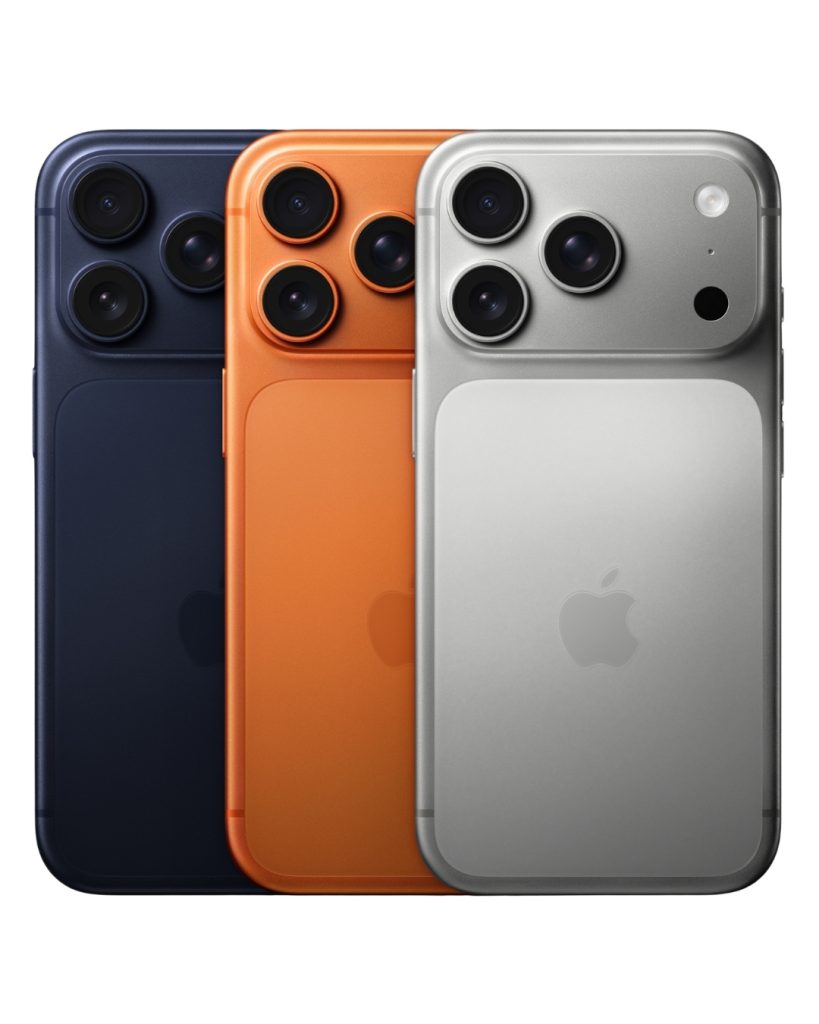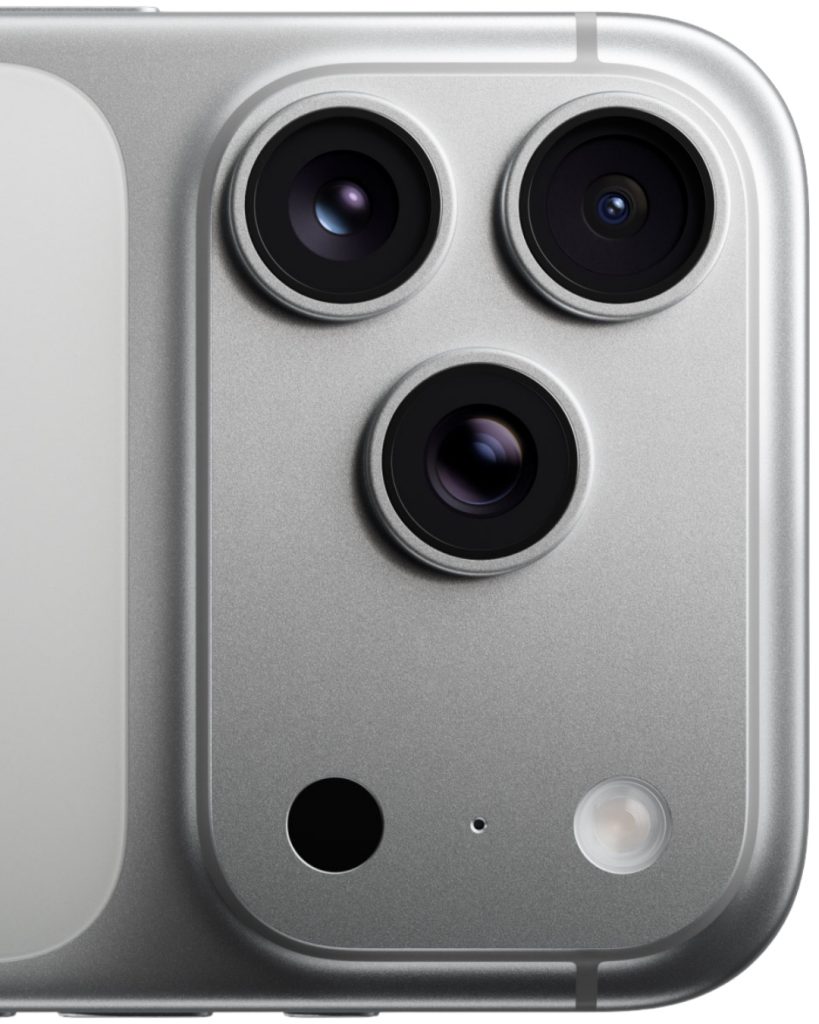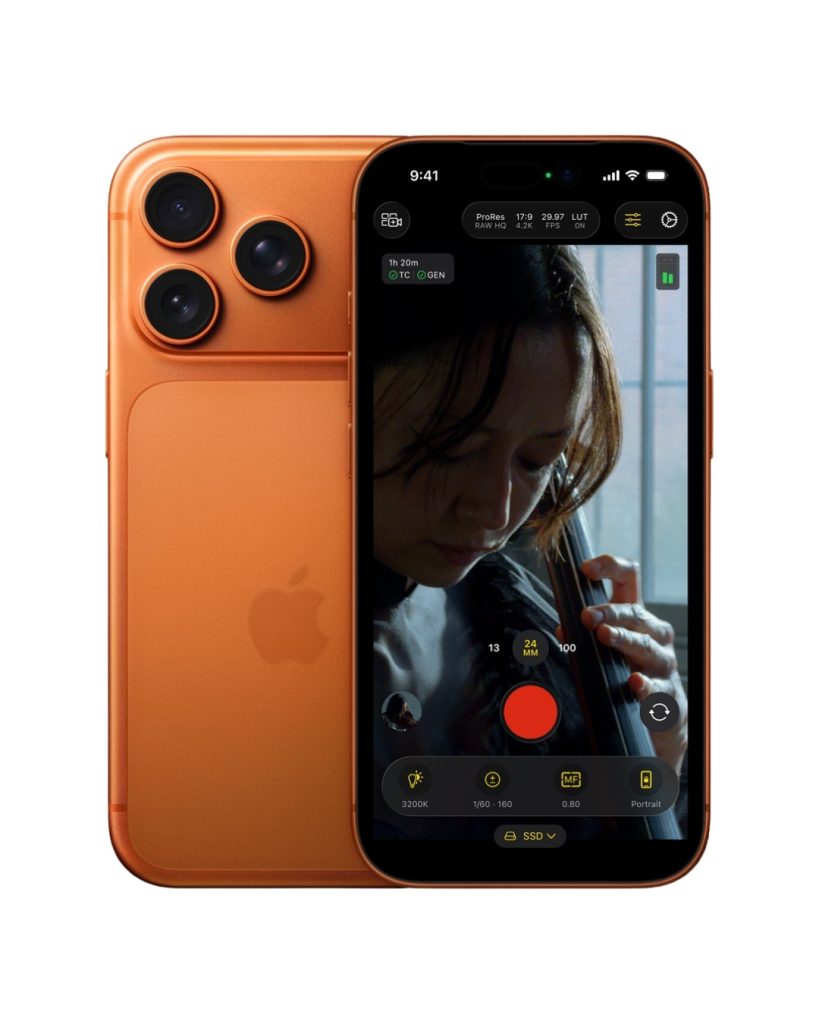
After a decade of being in the Apple ecosystem, migrating from my 14 Pro to the new iPhone 17 Pro felt less like a mere upgrade and more like a significant shift. At first glance, this is arguably the most dramatic update—a substantial design revision Apple has introduced in recent years. The device immediately feels different, starting with its 6.3-inch Super Retina XDR ProMotion display. But the most striking change is found on the back of my cosmic orange model, which is accented with a distinctive two-toned aluminium unibody.
This new exterior is far more than an aesthetic choice; it is a core part of the new thermal management system. Paired with an integrated vapour chamber, the combination is engineered to dissipate heat far more efficiently than its predecessors. I was keen to put this feature to the test under real-world conditions.
Thermal Management and Better Battery Health
During a recent hour-long drive across the city under a scorching sun, I had the phone mounted on my dashboard with the Maps app actively running. While the device did become noticeably warm to the touch, it never reached the uncomfortable, almost burning heat that I had experienced with previous models under similar strain—a very welcome update. And the plus point? It never dims on me, thanks to the 3000 nits peak outdoor brightness, making the screen easier to view even in direct sunlight.

The most talked-about feature is undoubtedly the new Camera Plateau. The design is not just a stylistic decision; by creating substantial space to accommodate more advanced camera components, it ultimately makes room for a larger battery. This is, in fact, another testament to the brand’s form-follows-function ethos—certainly a win in my book.
Furthermore, these physical transformations are complemented by a crucial internal upgrade. Apple has finally re-evaluated its entry-level storage, with the base model now starting at a much more realistic 256GB. This single change addresses a long-standing pain point for power users. For a digital hoarder like myself—who accumulates countless photos, documents, and apps—this update isn’t just an improvement, it’s an essential revision that makes the entire experience more seamless.
Better Zoom, Better Selfie
When it comes to the iPhone 17 Pro’s camera system, the most anticipated update for many will be the revolutionary Centre Stage feature on the front camera. This is music to the ears of 0.5x wide-angle enthusiasts, as it leverages an 18MP sensor for higher-resolution shots. But its true genius lies in solving a universal problem: the struggle of taking a landscape selfie without your pinky finger trembling as an unstable base to secure and sit your phone on. Now, you can capture photos in portrait or landscape orientation simply by holding the phone vertically, thanks to a square-shaped sensor that makes manual rotation a problem of the past.
This intelligence extends to group shots, a perennial challenge for any designated group photographer like myself. Utilising advanced AI technology, the Centre Stage camera automatically expands the field of view and seamlessly switches to landscape mode to ensure everyone fits into the frame. It’s a feature that transforms a frantic fuss into comfort and effortlessness. Complementing this smart software is the new hardware Camera Control button. In our fast-paced world, wonderful moments are fleeting, so the ability to whip out your iPhone and capture them instantly is an accessibility win. And for video creators, the front camera is now a serious tool, equipped with ultra-stabilisation for buttery-smooth 4K HDR video, making it perfect for everything from vlogs to crystal-clear Zoom meetings.

Speaking of video, the feature I was most eager to try is Dual Capture—think of it as a built-in BeReal. This allows you to record using the front and rear cameras simultaneously, an ideal function for documentation. Whether you’re a travel vlogger or just want to capture a first-person perspective with your reaction, it immerses the viewer in your experience by capturing both you and the world around you at the same time.

Now, onto the rear camera system, which welcomes updates that will please everyone, from home movie makers to professional filmmakers. The spec sheet is impressive, featuring a new tetraprism telehoto design that provides a longer focal length and a best-in-class 8x optical zoom—a significant leap from the previous 5x. Meanwhile, the 48MP Fusion Ultra Wide camera enables stunning wider-angle shots and macro photography with up to 4x resolution. For someone who works in media, this level of clarity and zoom that captures every crisp detail from a distance is a standout feature—very handy for celebrity sightings at events.

Of course, having a powerful phone camera is crucial, and the ability to record in 4K60 fps Dolby Vision is exceptional. But really, the game-changer is the option to shoot in ProRes RAW, especially for post-production. It offers the utmost flexibility for fine-tuning—a trade-off I’ll gladly accept for the larger storage it requires. For those less trained in complicated colour-grading like myself, the comprehensive Photographic Styles offer a fantastic shortcut. The new ‘Bright’ undertone preset adds contrast and brightens faces—I found it not only enhances portraits but also works surprisingly well for outdoor scenery, especially for foliage.
While professional reviewers will list many technical reasons to upgrade, for me, the combination of superior heat dissipation for better battery longevity and this improved camera system is enough to pique serious interest and open the wallet.
READ MORE
Will AI Models Replace Supermodels? Here’s What It Means for Fashion’s Future
The Biggest Highlights from Apple’s WWDC 2025: iOS 26, Apple Intelligence, and a Whole New Look
Apple Unveils New iPad, MacBook Air, and Mac Studio with Big Performance Updates
